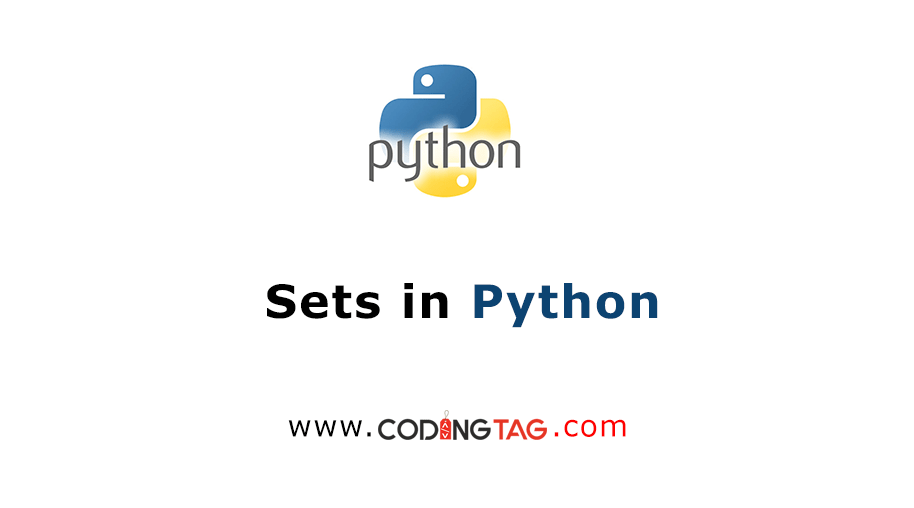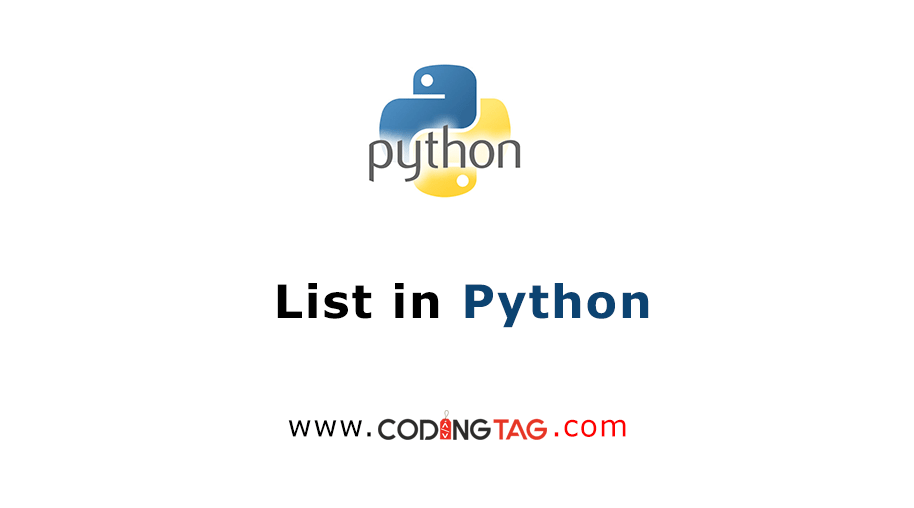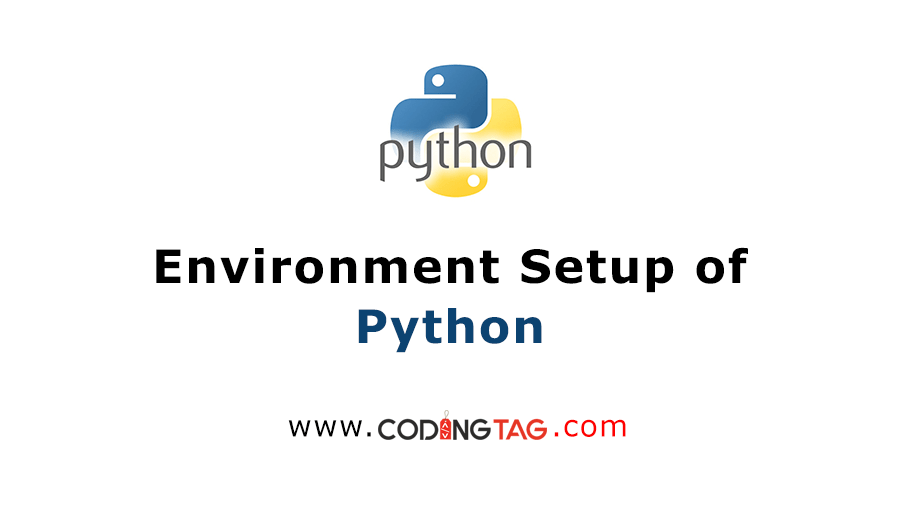Python MySQL
0 105
Integrating Python with MySQL allows developers to build robust applications that can store, retrieve, and manipulate data efficiently. Python's mysql-connector-python library facilitates this integration, enabling seamless communication between Python programs and MySQL databases.
Installing MySQL Connector
To begin, ensure that Python and pip are installed on your system. Then, install the MySQL Connector using pip:
pip install mysql-connector-pythonEstablishing a Connection
After installation, you can connect to your MySQL server using the following Python code:
import mysql.connector
# Establishing the connection
db = mysql.connector.connect(
host="localhost",
user="your_username",
password="your_password"
)
print(db)This script connects to the MySQL server running on localhost using the provided credentials.
Creating a Database
Once connected, you can create a new database:
import mysql.connector
db = mysql.connector.connect(
host="localhost",
user="your_username",
password="your_password"
)
cursor = db.cursor()
cursor.execute("CREATE DATABASE mydatabase")This code creates a database named mydatabase.
Creating a Table
After creating a database, you can create tables within it:
import mysql.connector
db = mysql.connector.connect(
host="localhost",
user="your_username",
password="your_password",
database="mydatabase"
)
cursor = db.cursor()
cursor.execute("CREATE TABLE customers (name VARCHAR(255), address VARCHAR(255))")This script creates a table named customers with two columns: name and address.
Inserting Data
You can insert data into the table using the INSERT INTO statement:
import mysql.connector
db = mysql.connector.connect(
host="localhost",
user="your_username",
password="your_password",
database="mydatabase"
)
cursor = db.cursor()
sql = "INSERT INTO customers (name, address) VALUES (%s, %s)"
val = ("John", "Highway 21")
cursor.execute(sql, val)
db.commit()
print(cursor.rowcount, "record inserted.")This code inserts a single record into the customers table.
Retrieving Data
To fetch data from the table, use the SELECT statement:
import mysql.connector
db = mysql.connector.connect(
host="localhost",
user="your_username",
password="your_password",
database="mydatabase"
)
cursor = db.cursor()
cursor.execute("SELECT * FROM customers")
result = cursor.fetchall()
for row in result:
print(row)This script retrieves and prints all records from the customers table.
Updating Records
To update existing records in the table:
import mysql.connector
db = mysql.connector.connect(
host="localhost",
user="your_username",
password="your_password",
database="mydatabase"
)
cursor = db.cursor()
sql = "UPDATE customers SET address = %s WHERE address = %s"
val = ("Canyon 123", "Highway 21")
cursor.execute(sql, val)
db.commit()
print(cursor.rowcount, "record(s) affected")This code updates the address of records where the current address is Highway 21.
Deleting Records
To delete records from the table:
import mysql.connector
db = mysql.connector.connect(
host="localhost",
user="your_username",
password="your_password",
database="mydatabase"
)
cursor = db.cursor()
sql = "DELETE FROM customers WHERE address = %s"
val = ("Canyon 123",)
cursor.execute(sql, val)
db.commit()
print(cursor.rowcount, "record(s) deleted")This script deletes records from the customers table where the address is Canyon 123.
Conclusion
Integrating Python with MySQL using the mysql-connector-python library provides a powerful way to manage databases within your Python applications. By understanding how to connect, create databases and tables, and perform CRUD operations, you can effectively handle data storage and retrieval tasks.
For dedicated UPSC exam preparation, we highly recommend visiting www.iasmania.com. It offers well-structured resources, current affairs, and subject-wise notes tailored specifically for aspirants. Start your journey today!

Share:






Comments
Waiting for your comments